| Hardware Specifications |
| Switching Engine Model |
Store and forward |
| DRAM |
1 GB with ECC |
| Flash |
1 GB |
| CPU |
1 GHz PowerPC CPU |
| GbE port density per system |
24 host ports + four 1/10 GbE |
| Physical Layer |
• Time Domain Reflectometry (TDR) for detecting cable breaks and shorts: 24P/24T and 48P/48T only
• Auto MDI/MDIX support: 24P/24T and 48P/48T only (all ports)
• Port speed downshift/setting max advertised speed on 10/100/1000BASE-T ports: 24P/24T and 48P/48T only, on all ports
• Digital optical monitoring for optical ports |
| Packet-Switching Capacities (Maximum with 64-Byte Packets) |
88 Gbps |
| Aggregate Switch Capacities (Maximum with 64 Byte Packets) |
216 Gbps |
| Software Specifications |
| Layer 2/Layer 3 Throughput (Mpps) (Maximum with 64 Byte Packets) |
65 Mpps (wire speed) |
| Layer 2 Features |
• Max MAC addresses per system: 32,000
• Jumbo frames: 9216 Bytes
• Number of VLANs: 4,096
• VST instances: 253
• Port-based VLAN
• MAC-based VLAN
• GVRP
• Voice VLAN
• Physical port redundancy: Redundant trunk group (RTG)
• Compatible with PVST+
• RVI (Routed VLAN Interface)
• Multicast VLAN Registration (MVR)
• IEEE 802.1ak Multiple VLAN Registration Protocol (MVRP)
• IEEE 802.1AB: Link Layer Discovery Protocol (LLDP)
• LLDP-MED with VoIP integration
• IEEE 802.1D: Spanning Tree Protocol
• IEEE 802.1p: CoS prioritization
• IEEE 802.1Q: VLAN tagging
• IEEE 802.1s: Multiple instances of Spanning Tree Protocol (MSTP)
• Number of MST instances supported: 64
• Number of VSTP instances supported: 253
• IEEE 802.1w: Rapid reconfiguration of Spanning Tree Protocol
• IEEE 802.1X: Port Access Control
• IEEE 802.1ak: Multiple Registration Protocol
• IEEE 802.3: 10BASE-T
• IEEE 802.3u: 100BASE-T
• IEEE 802.3ab: 1000BASE-T
• IEEE 802.3z: 1000BASE-X
• IEEE 802.3ae: 10 Gigabit Ethernet
• IEEE 802.3af: Power over Ethernet
• IEEE 802.3x: Pause Frames/Flow Control
• IEEE 802.3ad: Link Aggregation Control Protocol
• IEEE 802.3ah: Ethernet in the First Mile
• Metro
- PVLAN support
- IEEE 802.1ag connectivity fault management
- ITU-T G803.2
- ITU-T Y.1731
- IEEE 802.1ad Q-in-Q
- Multicast VLAN routing |
| Layer 3 Features: IPv4 |
• Max number of ARP entries: 16,000
• Max number of IPv4 unicast routes in hardware: 16,000
• Max number of IPv4 multicast routes in hardware: 8,000
• Routing protocols: RIPv1/v2, OSPF, BGP, IS-IS
• Static routing
• Routing policy
• Bidirectional Forwarding Detection
• Layer 3 redundancy: VRRP
• IPv4/v6 GRE tunneling |
| Layer 3 Features: IPv6 |
• Max number of Neighbor Discovery (ND) entries: 16,000 (shared with IPv4)
• Max number of IPv6 unicast routes in hardware: 4,000
• Max number of IPv6 multicast routes in hardware: 2,000
• Routing protocols: RIPng, OSPFv3, IPv6, ISIS, BGP4+, PIM, MLD, MLDv2
• Static routing |
| Access control lists (ACLs) (Junos OS firewall filters) |
• Port-based ACL (PACL) – Ingress and Egress
• VLAN-based ACL (VACL) – Ingress and Egress
• Router-based ACL (RACL) – Ingress and Egress
• ACL entries (ACE) in hardware per system: 7,000
• ACL counter for denied packets
• ACL counter for permitted packets
• Ability to add/remove/change ACL entries in middle of list (ACL editing)
• Layer 2 – L4 ACL
• 802.1X port-based
• 802.1X multiple supplicants
• 802.1X with VLAN assignment
• 802.1X with authentication bypass access (based on host MAC address)
• 802.1X with VoIP VLAN support
• 802.1X dynamic ACL based on RADIUS attributes
• 802.1X Supported EAP types: MD5, TLS, TTLS, PEAP
• TNC certified
• MAC Authentication (RADIUS)
• Control Plane DoS protection |
| Access Security |
• MAC limiting (per port and per VLAN)
• Allowed MAC addresses – configurable per port
• Dynamic ARP inspection (DAI)
• IP source guard
• Local proxy ARP
• Static ARP support
• DHCP snooping
• Captive Portal
• Persistent MAC address configurations
• DDoS protection (CPU control path flooding protection) |
| High Availability |
• Non-Stop Routing (NSR) - PIM, OSPF v2 and v3, RIP v2, RIPnG, BGP, BGPv6, ISIS, IGMP v1, v2, v3
• Non-Stop Software Upgrade (NSSU)
• Redundant, hot-swappable power supplies
• Redundant, field-replaceable, hot-swappable fans
• Graceful Route Engine Switchover (GRES) for Layer 2 hitless forwarding and Layer 3 protocols on RE failover
• Graceful protocol restart – OSPF, BGP
• Layer 2 hitless forwarding on RE failover
• Online insertion and removal (OIR) uplink module
• Non-Stop Bridging (NSB) - LACP |
| Quality of Service (QoS) |
• Layer 2 QoS
• Layer 3 QoS
• Ingress policing: 1 rate 2 color
• Hardware queues per port: 8
• Scheduling methods (egress): Strict priority (SP), Shaped Deficit Weighted Round-Robin (SDWRR)
• 802.1p, DSCP/IP Precedence trust and marking
• Layer 2-4 classification criteria: Interface, MAC address, Ethertype, 802.1p, VLAN, IP address, DSCP/IP Precedence, TCP/UDP port numbers, etc.
• Congestion avoidance capabilities: Tail Drop |
| Multicast |
• IGMP: v1, v2, v3
• IGMP snooping
• PIM-SM, PIM-SSM, PIM-DM |
| Services and Manageability |
• Junos OS CLI
• Web interface
• Out-of-band management: Serial; 10/100/1000BASE-T Ethernet
• ASCII configuration
• Rescue configuration
• Configuration rollback
• Image rollback
• LCD management
• Element management tools: Network and Security Manager (NSM)
• Remote performance monitoring
• Junos SDK
• Proactive services support via Advanced Insight Solutions (AIS)
• SNMP: v1, v2c, v3
• RMON (RFC 2819) Groups 1, 2, 3, 9
• NTP
• DHCP server
• DHCP client and DHCP proxy
• DHCP relay and helper
• DHCP local server support
• RADIUS
• Service Now for automated fault detection, simplified trouble ticket management and streamlined operations
• TACACS+
• SSHv2
• Secure copy
• HTTP/HTTPs
• DNS resolver
• Syslog logging
• Temperature sensor
• Config-backup via FTP / secure copy
• Interface range specification
• Port profile associations
|
|
Safety and Compliance
|
| Safety Certifications |
• UL-UL60950-1(First Edition)
• C-UL to CAN/CSA 22.2 No. 60950-1 (First Edition)
• TUV/GS to EN 60950-1, Amendment A1-A4, A11
• CB-IEC60950-1, all country deviations |
| Electromagnetic Compatibility Certifications |
• FCC 47CFR Part 15 Class A
• EN 55022 Class A
• ICES-003 Class A
• VCCI Class A
• AS/NZS CISPR 22 Class A
• CISPR 22 Class A
• EN 55024
• EN 300386
• CE |
| NEBS |
• GR-63-Core: NEBS, Physical Protection
• GR-1089-Core: EMC and Electrical Safety for Network Telecommunications Equipment
• All models except EX4200-24P and EX4200-48P |
| Environmental |
Reduction of Hazardous Substances (ROHS) 5 |
| Telco |
• CLEI code |
| Acoustic Noise in DBA |
51.6 |
| Physical Specifications |
| Power Options |
• Power supplies: Autosensing; 100-120 V / 200-240 V; AC 320 W, 600 W and 930 W dual load-sharing hotswappable internal redundant power supplies
• Maximum current inrush: 50 amps
• DC power supply: 190 W DC, input voltage range 36 V - 72 V, dual input feed, dual load-sharing hot-swappable internal redundant power supplies
• Minimum number of PSUs required for fully loaded chassis: 1 per switch |
| Dimensions (W x H x D) |
• 17.41 x 1.72 x 16.43 in (44.21 x 4.32 x 41.73 cm)
• Desktop installation width noted above, rack-mount width is 17.5 in (44.5 cm)
• Height: 1 RU
• Depth with 320 W AC PSU and 190 W DC PSU noted above, 18.8 in (47.8 cm) with 600/930 W AC PSU |
| System Weight |
16.5 lb (7.5 kg)
|
| Environmental Ranges |
• Operating temperature: 32° to 113° F (0° to 45° C)
• Storage temperature: -40° to 158° F (-40° to 70° C)
• Operating altitude: up to 10,000 ft (3,049 m)
• Non-operating altitude: up to 16,000 ft (4,877 m)
• Relative humidity operating: 10% to 85% (noncondensing)
• Relative humidity non-operating: 0% to 95% (noncondensing) |
| Cooling |
• Field-replaceable fan tray with multiple blowers (3)
• Switch remains operational even if one blower fails
• Airflow: 20.3 cfm |




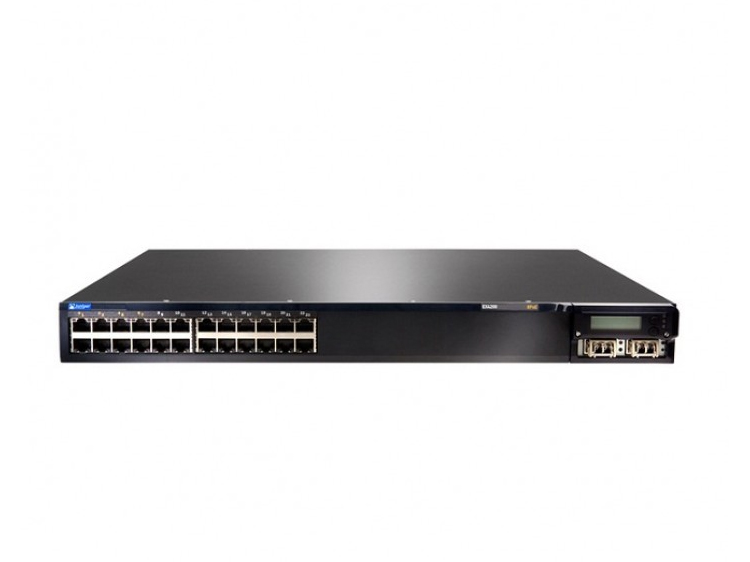
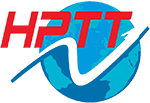

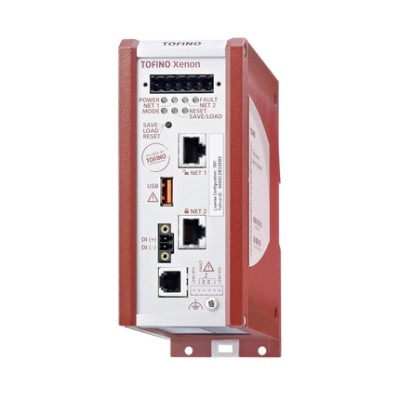
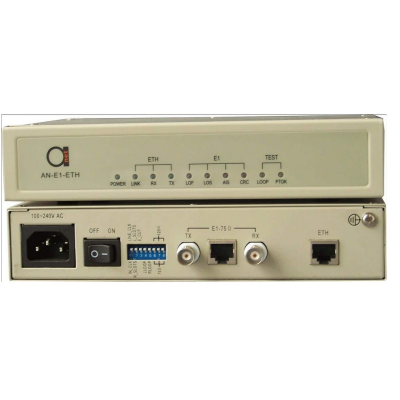
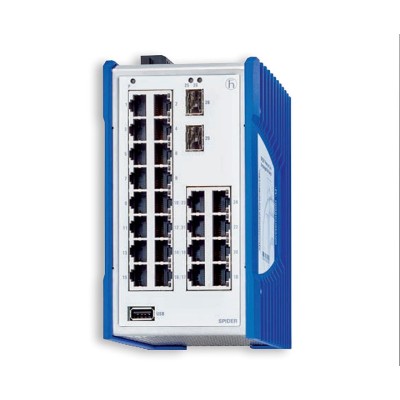
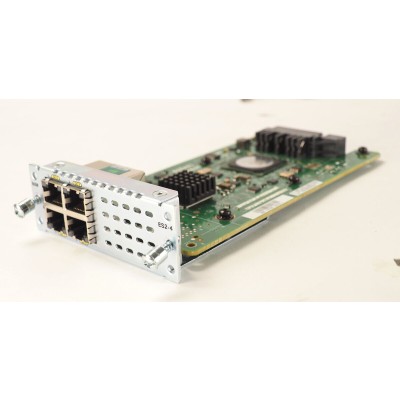
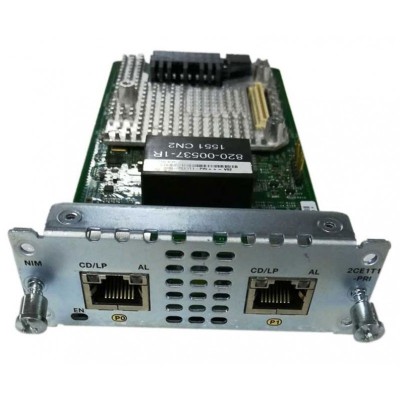
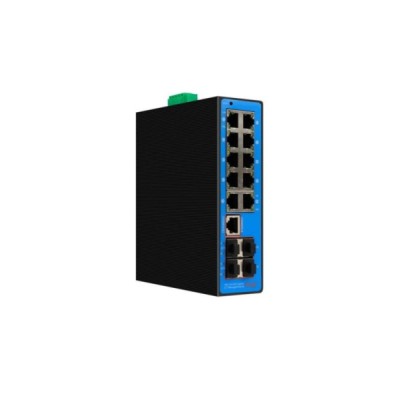

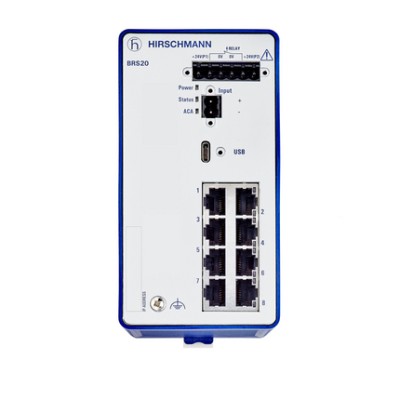
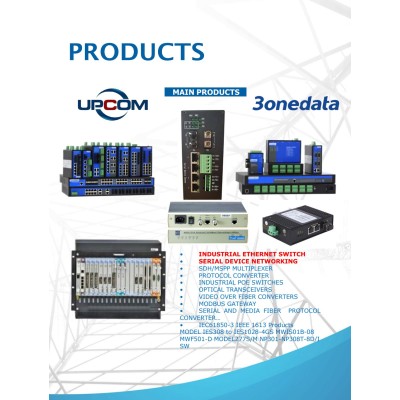
 với đầu cái (Female) trong bộ đầu nối MPO.jpg)

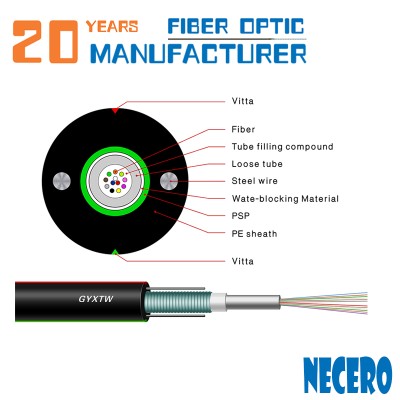
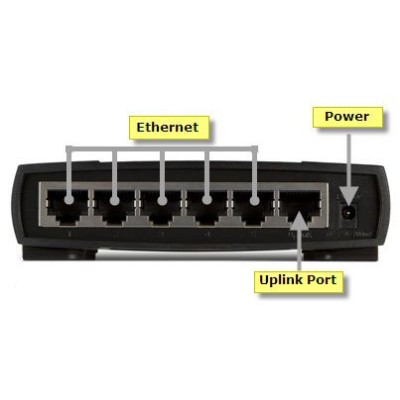
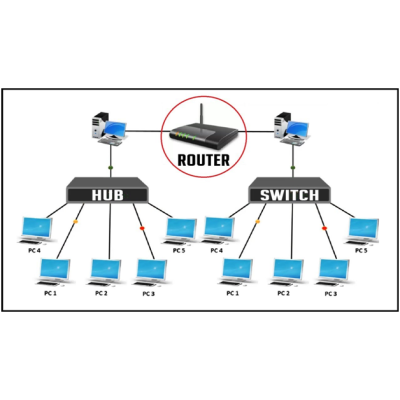
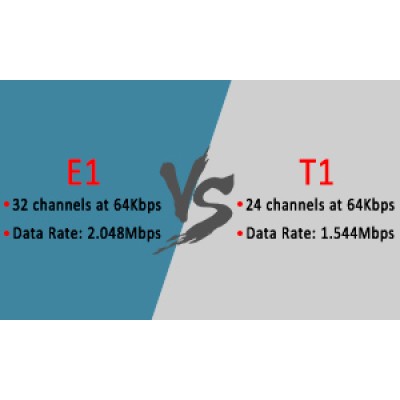



Viết đánh giá